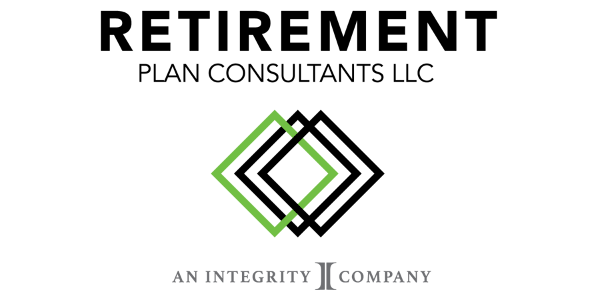Congratulations! You have decided to take the next step in your retirement evolution and convert your SIMPLE Plan to a full fledged 401(k) plan. While it may seem like a relatively straight forward process, here are some key things to review before pulling the trigger.
Is Moving to a 401(k) Really in My Best Interest?
Let’s review the pros & cons of each:
401(k) Plan:
- Pros
- Higher Contribution Limits: $19,000 per year or $25,000 for those age 50 and older.
- Ability to Add Profit Sharing Contributions: Up to $56,000 per participant per year or $62,000 for those age 50 or older.
- Ability to Add Profit Sharing Contributions: Up to $56,000 per participant per year or $62,000 for those age 50 or older.
- Loans: Borrow from yourself up to $50,000 per year with a competitive interest rate (careful, loans are paid back with after tax money…i.e. you are taxed twice).
- Hardship Withdrawals: Access your money when facing financial hardship (early withdrawal and tax penalties still apply).
- Forego Required Minimum Distributions: Participants with a 5% ownership or less can forego taking RMDs from their 401(k) until they officially retire.
- Flexible Plan Design: Custom matching formulas and profit-sharing allocations (i.e. new comparability, integrated, etc.).
- Vesting Schedules: You have more flexibility in terms of when participants are fully vested in their employer contributions (match, profit sharing, etc.).
- Easy Compatibility for Advanced Plan Designs: Combining a 401(k) profit sharing with a defined benefit plan can dramatically increase contribution limits for key employees and ownership.
- Cons
- More Expensive: You can run a SIMPLE Plan at virtually no cost. A good starting point for thinking about 401(k) expenses is somewhere between $1,500 to $4,000 per year.
- Increased Administration: Year-end compliance testing and filing of IRS forms on an annual basis. It is important to make sure your third-party administrator (TPA) is on top of it. There are also loan and hardship distribution approval when applicable.
SIMPLE Plans:
- Pros
- Cheap: Most custodians offer a SIMPLE Plan at little to no cost.
- Minimal Administration: Only requirement is that employers distribute safe harbor disclosures before November 1 of each calendar year.
- Cons
- Lower Contribution Limits: $13,000 per year or $16,000 if age 50 and older.
- Inflexible Plan Design Options: Straight forward safe-harbor plan where all employer contributions are 100% vested for employees. No vesting schedule are allowed.
- No Loans
- No Hardship Withdrawals: Basic IRA distribution rules apply.
- Pre-Tax Contributions Only: Inability for Roth or after-tax contributions.
Summary
For those employers who are looking to save more and have more flexibility in the plan design, a 401(k) is a better way to go. For those looking to just dip their toes in the re-tirement plan world and have an easy, cheap, “off the shelf” solution, then a SIMPLE Plan may be a better option.
What Do I Need to Know When I Have Decided to Convert to a 401(k)?
You are not allowed to terminate your SIMPLE Plan mid-year, so it is important to make sure you have started the discussion with your trusted advisor well before the November 1st deadline for notifying participants that you are ending your SIMPLE Plan at year-end. This includes having a plan design set and communicating with your service providers so that the process can run as smoothly as possible. We recommend starting the discussion at least 3 months ahead of the November 1st deadline.
Can Plan Participants Roll Their Money From the SIMPLE Plan into the 401(k)?
YES! Plan participants have 4 different options:
- Keep the money in the SIMPLE IRA account
- Roll the money over into a Rollover IRA account
- Roll their money over into a newly established 401(k) plan
- Take a distribution in cash where penalties and taxes may apply
There is one potential catch. There is a 2-year rollover rule that applies to SIMPLE Plans. In other words, assets cannot be rolled over into another account until the SIMPLE Plan is at least 2 years old (i.e. when first contributions are made).
